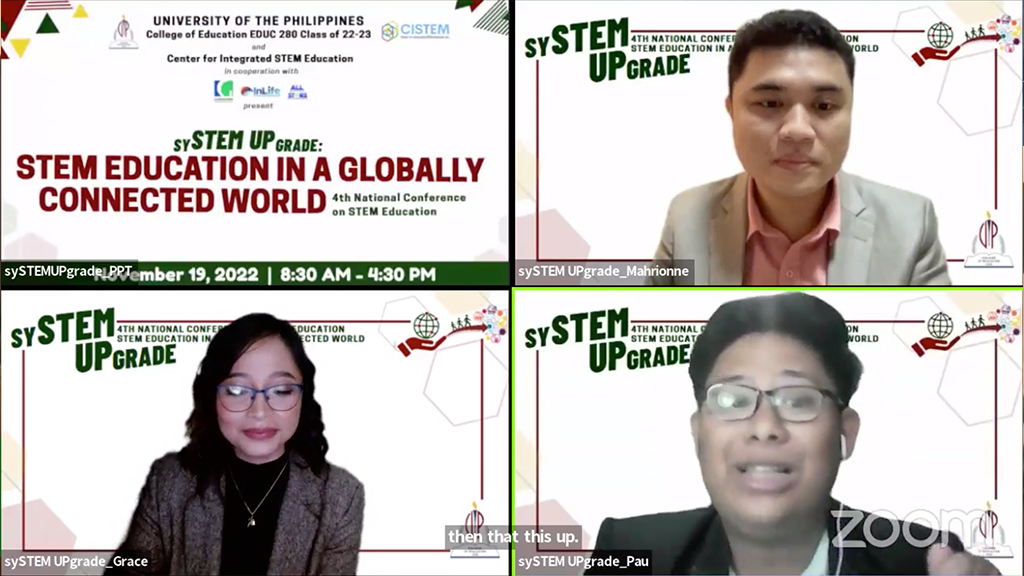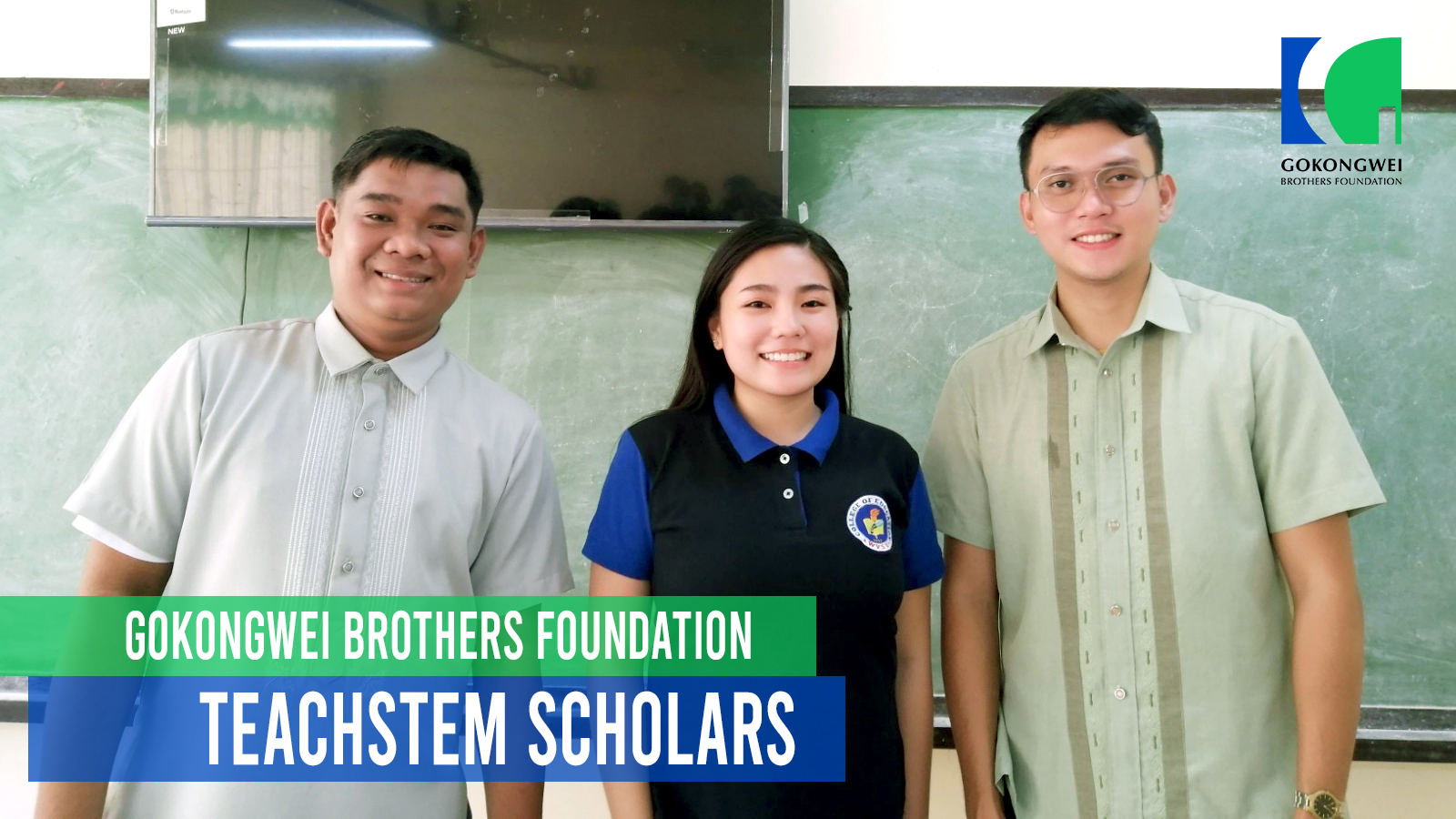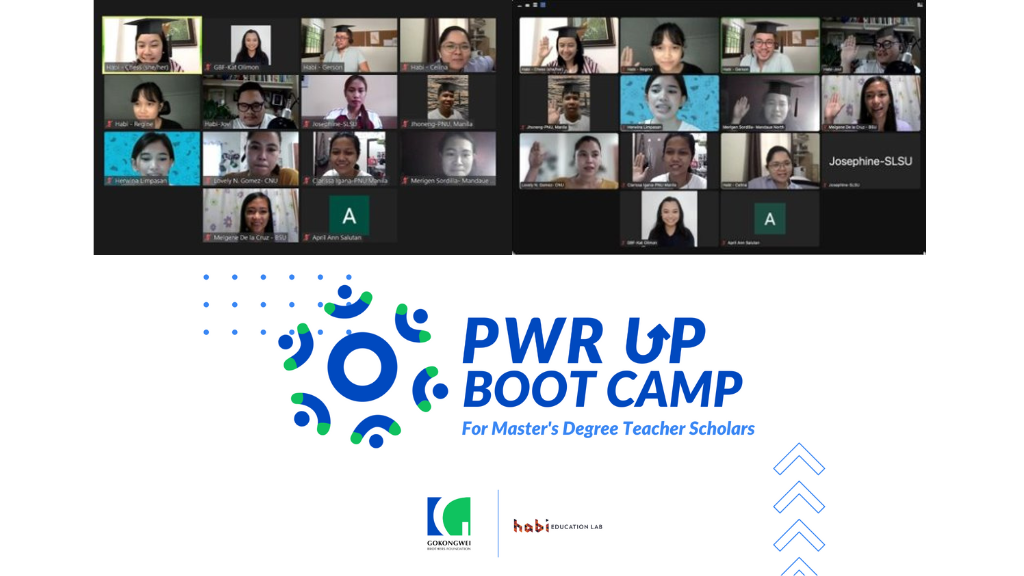With the theme “Moving Towards the Future of STEM Education,” the webinar was aimed at updating Filipino educators with international trends, promoting creativity and innovation in STEM teaching and fostering collaboration.
The whole day webinar featured a keynote speech on the “Issues and Trends in STEM Education in the age of Globalization” by Stuart Kohlhagen, PhD of The Science Nomad, followed by 2 Plenary Sessions: one on the “Story of Professor Otaku on Combining Passion in Japanese Animation and STEM Education” by Sangjin Ryu, PhD, an Associate Professor at the University of Nebraska-Lincoln; and another on “STEM Strategies for a Post-Pandemic Classroom” Scott Bartholomew, PhD Assistant Professor at Brigham Young University.
"As we anticipate the post-pandemic education, innovative practices and theories are being enhanced and honed out of this present health crisis. Thus a conference such as this brings forth relevant conversation among the teachers." Dr. Jerome Buenviaje, the Dean of UP College of Education, connotes as he welcomed the participants of this System Upgrade Conference.
STEM is a verb, not a noun
STEM Education is being implemented in many different contexts and the challenges are very consistent across different countries. According to Keynote Speaker Dr. Stuart Kohlhagen, one of the things that are being taken for granted is knowing and understanding what STEM is. The "what STEM" is a secondary point, the world has been over-focusing on the S (Science), T (Technology, E (Engineering), and M (Mathematics), and not prioritizing the critical question which is why we are doing all of this and the objective of it (STEM).
Moreover, Dr. Stuart emphasized that STEM is how educators do their teaching, it is how they approach it—the most important part being the outcome, that's why honing the curiosity of learners helps them to accept learning setbacks and create motivation to produce better outcomes.
Otaku: STEAM and STEM
Combining passion for STEM and the arts was focused on by Dr. Sangjin Ryu. Different creators in the field of animation and movies have been integrating STEM throughout their careers. Indeed, an enjoyable and creative way of teaching STEM to students.
Dr. Ryu also showcased how he used anime in his discussion about STEM topics. He also shared the analysis of one of his students who used the anime Air Bender, where the character blows wind from his mouth to avoid danger. Incorporating such creative ways to easily understand science is an effective strategy towards teaching and learning STEM better.
Post-Pandemic Classroom for STEM
Dr. Scott Bartholomew presented the challenges of the post-pandemic classroom setup for STEM learners. He identified the following challenges: achievement gaps & learning loss, technology, and social adjustment.
The global health crisis leaves a huge impact on the education system, not only in the Philippines. While students lost learning opportunities during the COVID-19 Pandemic, the use of technology, particularly online learning, advanced. This became one of the main challenges of teachers as not all were equipped with the necessary edtech skills, and not all learners had access to gadgets and connectivity.
Social depression also increased during the pandemic. A high number of students show discomfort in social settings and prefer to work on their own. Mental health issues also became one of the challenges acknowledged by STEM educators.
Making Connections While Solving Problems
Bringing connection inside the classroom can help educators deal with post-pandemic classroom challenges. Dr. Scott emphasized that if educators wanted to address challenges among their students, they should think small. Identify little challenges that are easy to address but will give deeper insights and understanding among the students.
"Remember, Engineers, solve problems. And problems always lead to design opportunities," he noted as he gave the participants a bottled water problem to solve during the conference. Using that single problem, he identified learning opportunities can be obtained. He emphasized the need to adapt to new learning setups.
Three Parallel Sessions followed after the keynote talks, and were conducted per subject: one on Mathematics featuring “Exploring Ethnomathematics in Traditional Games from Around the World” with Mary Grace R. Macacua, Gindie Faith Fontanilla and Stella Maris Lumayad; one on Natural Science discussing “Convergent-Divergent Thinking in Teaching Natural Sciences” with Czes-Arianne Furraganan, Paul Samuel Lozada and Paul John Tiangco; and another on Physical Science covering “Let’s Craft with Chemistry and Play With Physics” with Mary Joy Escandor, Moses Benjamin Bernardo and Mahrionne Luis Revilla.






